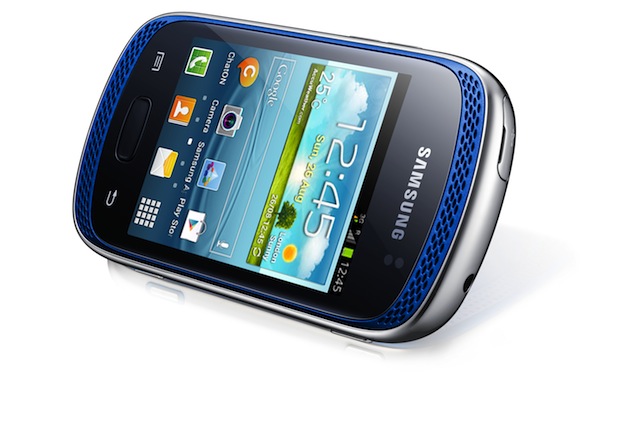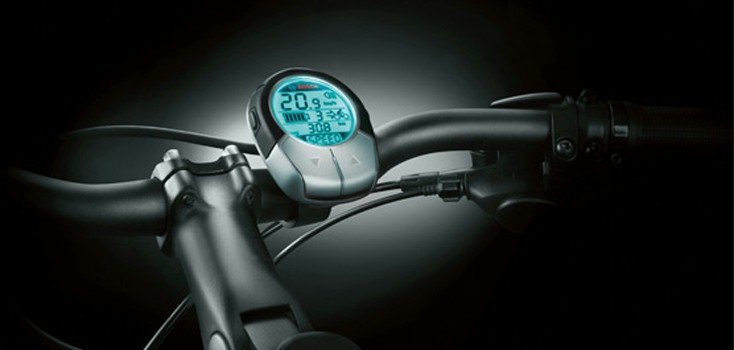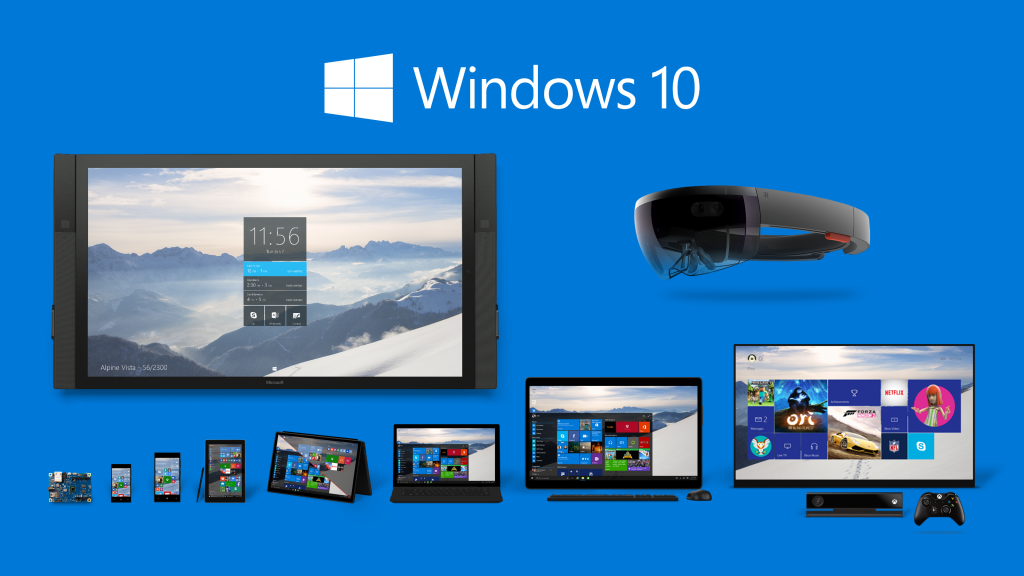“There is no perfect product,” says Jim Fish, “but the Internet of Things makes it possible to deliver a close to perfect message.”
Fish, the Chief Innovation Officer & VP Global Automotive Diagnostics at Bosch North America, was speaking to Decoding the New Economy ahead of his visit to Sydney to speak at the 2015 ADMA Global Forum.
For marketers, the connected car and the Internet of Things presents a unique set of opportunities, particularly when overlaid with today’s social media tools.
“If you think about your ability to message with today’s Facebook and the ability for marketers to micro-target messages so you could push a message to people according to things they’ve shown preference for or things that they have liked.”
“The next leap frog ahead from an automotive perspective is in vehicle advertising specific to vehicle and location,” says Fish. “There is a battle for the real estate in vehicle’s infotainment systems. The automakers are placing a lot of effort in delivering the experience the mobile user desires.”
In the auto industry this has seen a battle between software vendors to stake a position on the smartcar’s dashboard. Fish sees Google with its mapping, search and advertising technologies as being the best placed in that field but doesn’t think there will be one single winner in the automobile space.
Smart Connected Living
One of the biggest opportunities beyond marketi Fish sees is in combining the smarthome with the connected car. “We see this exploding,” he says of Bosch’s future plans. “We see it as perfectly integrating,”
Fish sees how the connected home integrates with other technologies to provide seamless connectivity for people. Even if people lose their smartphones the smart house will be able to inform and communicate with them.
Again, combining the information gathered by social media and other services presents opportunities for businesses and governments.
Networking the smart city
For the smart city, Fish sees connected cars providing a key part in managing and planning the towns of the future citing how the Michigan Department of Transportation sees how equipping vehicles with road monitoring sensors could save the state 11 million dollars a year in inspection costs.
Fish also cites how cities are experimenting with monitoring how taxis and public vehicles are using their windshield wipers to determine weather conditions. The US Department of Transportation flags the smartcar as the mobile weather station.
Again Fish sees Google as having an advantage in applying these technologies with their acquisition of Israeli traffic crowdsourcing service Wayze.
“Crowdsourcing is in its infancy. There are many things computers can do but there are some things they will never be able to do. There are some human elements still required.”
Fish sees much of our understanding of what we can do with the internet of things and the data we generate from it as being in its infancy. The real value lies in extracting the value from it. For marketers the journey is only just beginning.
Similar posts:




